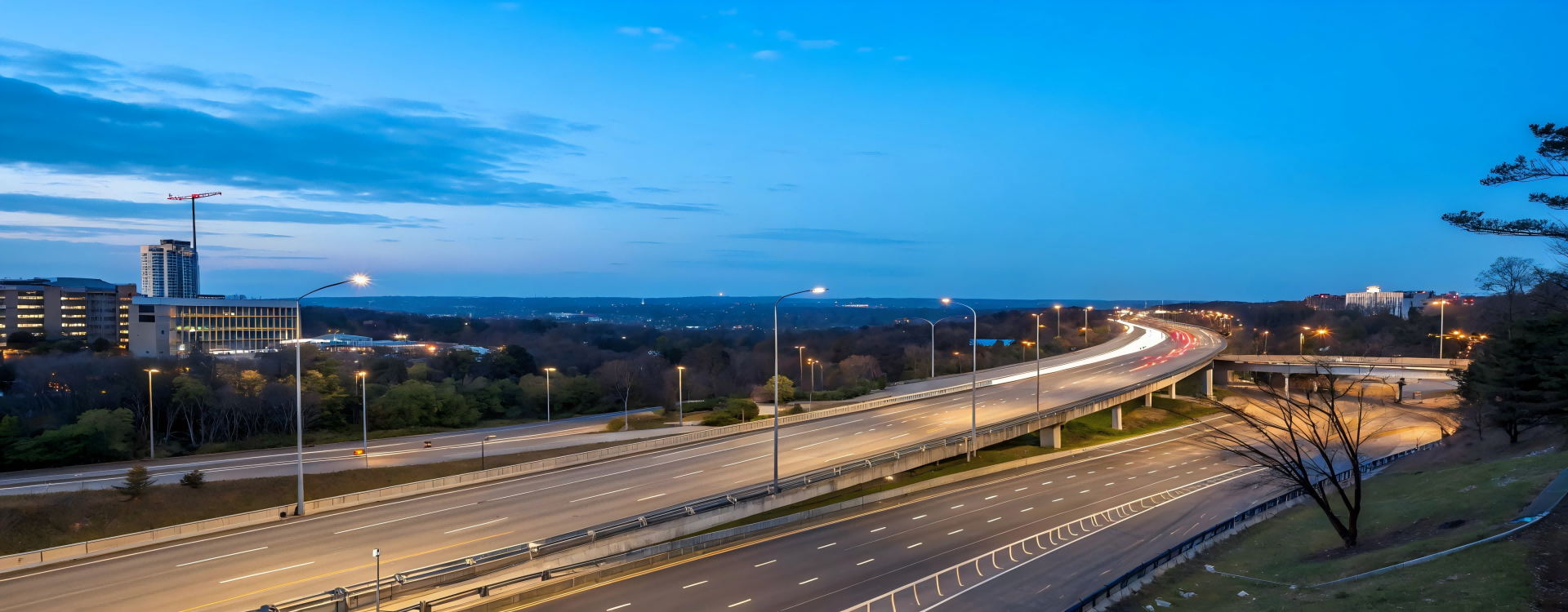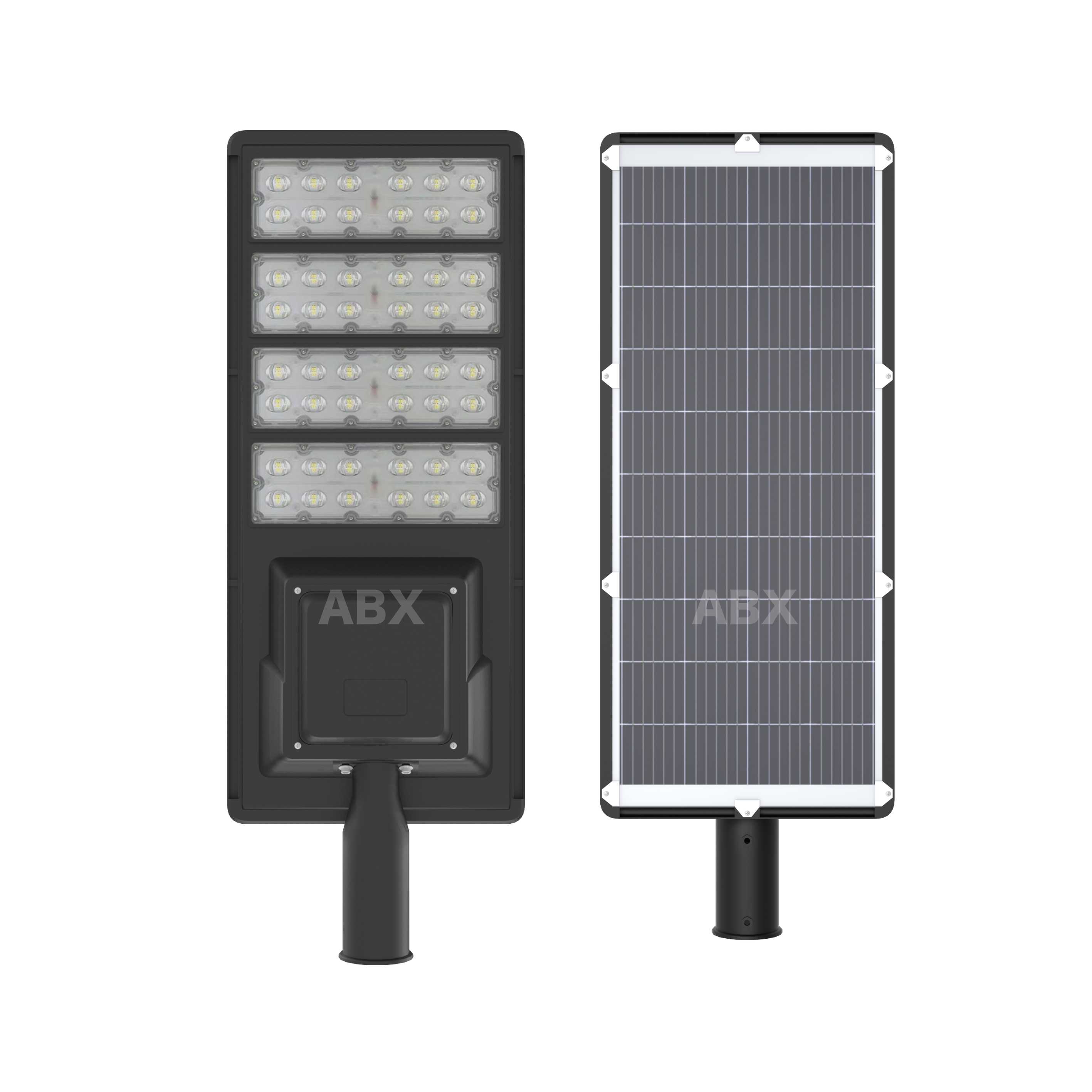
Solar street lights are a sustainable and cost-effective solution for outdoor lighting projects, offering benefits like reduced energy consumption and low maintenance. However, with so many options available, choosing the right solar street light for your specific project needs can be a daunting task.
In this guide, we’ll walk you through the key considerations and best practices for selecting the ideal solar lighting system for your project, whether you're lighting up a small garden, a residential area, or a major commercial property.
Before diving into the specifics of choosing solar street lights, it's important to understand why they're a smart choice for many projects.
Energy Efficiency: Solar street lights are powered by renewable solar energy, which helps reduce reliance on the grid and cuts down on electricity bills.
Environmentally Friendly: Solar lights produce zero emissions, making them an eco-friendly alternative to traditional street lighting powered by fossil fuels.
Low Maintenance: Solar lighting systems require minimal maintenance, as they don’t have wires or external power sources that could get damaged.
Now, let’s explore how to choose the right solar street light for your project.
The first step in selecting the right solar street light is to assess the specific lighting needs of your project. Consider the following factors:
The brightness of the solar street light is measured in lumens. Different areas require different levels of brightness:
Residential areas typically require about 1000 to 3000 lumens.
Commercial areas or busy streets may need 3000 to 6000 lumens or higher, depending on the size and foot traffic.
Security lighting may require higher lumen output for visibility at night.
Make sure to choose a solar light that provides the right level of illumination for the area you're lighting.
Solar street lights vary in their coverage capabilities. You need to determine how wide an area the light needs to cover. This will help you select the appropriate power capacity and type of light fixture. For larger spaces or roads, choose solar street lights with a broader lighting distribution, while smaller areas or walkways may only need a light with a focused beam.
The solar panel is a critical component of solar street lights, as it converts sunlight into electricity to power the light. The size and efficiency of the solar panel directly affect the performance of the light.
A larger solar panel will capture more sunlight, providing the light with more power during the day, which is essential for performance at night. Make sure to choose a solar panel with high efficiency, particularly if your location has limited sunlight or experiences frequent cloudy weather.
The solar light’s battery stores the energy collected by the panel. Make sure the battery capacity is sufficient for your needs, allowing the light to function through the entire night. The battery type also plays a role in the light’s longevity and performance, with lithium-ion and phosphate lithium batteries being the most common in high-quality solar street lights due to their durability and charging efficiency.
There are two main types of solar street lights: integrated and split-type. Each has its benefits depending on your project’s specific needs.
Integrated solar street lights have all components—solar panel, battery, LED light, and controller—built into one unit. These systems are easy to install and require little maintenance. They are an ideal choice for residential areas or smaller projects where ease of installation is crucial.
In split-type solar street lights, the solar panel and light fixture are separate. This type allows for more flexibility, as you can place the solar panel in an optimal position to receive sunlight while the light fixture can be mounted wherever it’s needed. Split-type lights are ideal for larger or more complex projects where flexibility and customization are important.
Durability is crucial for outdoor lighting systems, particularly those exposed to the elements. Look for solar street lights made from high-quality materials, such as aluminum or stainless steel, which are resistant to corrosion, rust, and wear from harsh weather conditions.
Additionally, the light fixture should be waterproof (IP65 or higher rating) to ensure it performs well during rain or snow. Impact-resistant lenses are also a good feature to prevent damage from wind, debris, or other physical impacts.
Modern solar street lights often come with smart features that can improve performance and energy efficiency. Look for lights that include:
Motion sensors: These sensors can help reduce energy consumption by dimming or turning off the light when no movement is detected.
Dimming functions: Some solar street lights automatically adjust brightness based on the time of day or available sunlight, optimizing energy usage.
These features can extend the lifespan of your solar lighting system and reduce overall costs.
Finally, always keep your project budget in mind. Solar street lights can vary greatly in price depending on the features, quality, and size. While high-quality solar lights may have a higher initial cost, they typically save more money in the long run by reducing electricity bills and maintenance costs. Compare prices across different suppliers and ensure that you're getting the best value for your investment.
Choosing the right solar street light for your project doesn’t have to be complicated. By evaluating your project’s specific needs—such as brightness, coverage area, panel size, and durability—you can easily select the ideal solar lighting system.
If you're still unsure about which solar street light to choose, consult with a supplier who can guide you in making the best decision based on your location, project scope, and budget.
Looking to purchase solar street lights for your project?
Contact us today for customized solar lighting solutions that fit your needs!
 How to Choose the Right Solar Street Light for You
How to Choose the Right Solar Street Light for You